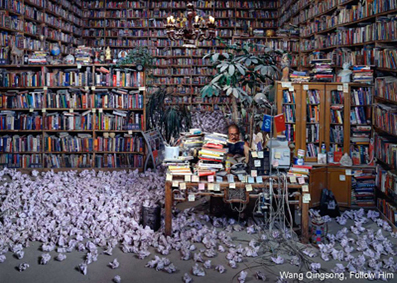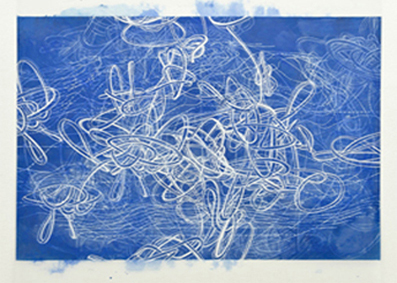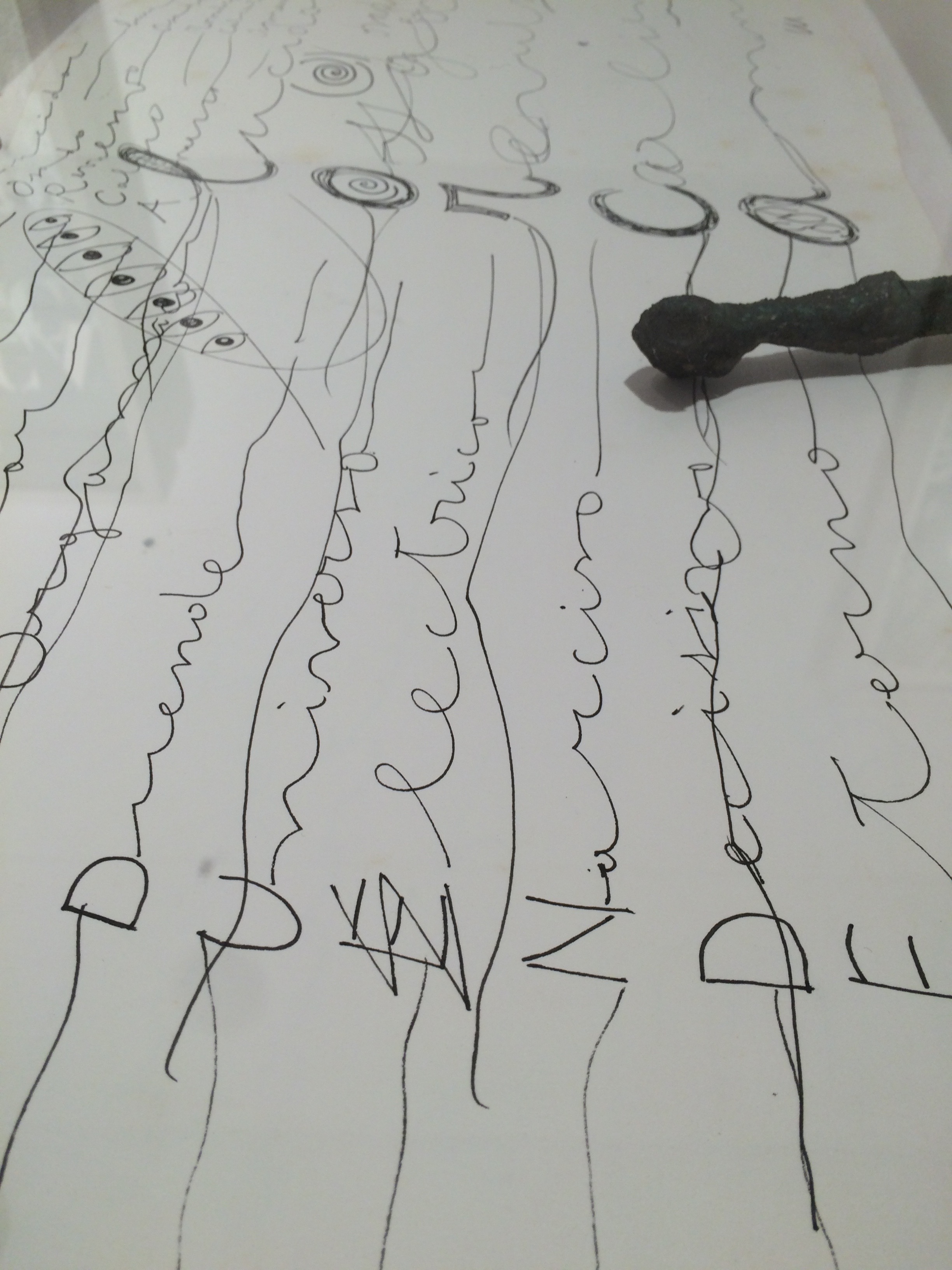Visual and Performing Art Center
-
Presentation of the Biel Torrens Collection
- A Biel Torrens collection intrinsically traces notions of history and time. But what history or histories do we tell? We are aware that, traditionally, museums have been trapped within a canonical view of history that seeks to establish sequential order between time periods. This traditional approach aims to explain works of art with documents and testimonies from an era without understanding that the images and objects far surpass the circumstances from which they were born. In this light, this approach fails to understand that time is not a past time, but the time of memory, which the historian interpellates insofar as this memory contains heterogeneous times.
- We reclaim a space for critiquing history while upholding the value of narrating the past, not as a means to discover "the way it really was," but, following Benjamin, to seize hold of memory in the present state of emergency "when it flashes up at a moment of danger," thereby "wresting tradition away from a conformism that is about to overpower it." This history materializes in a web of open-ended, fragmentary narratives that speak to us of hands, gazes and minds, all of them synchronized at one moment, crystallizing into an image, an object or a document. Above all else, this narrative involves conveying and activating experiences—experiences that refer to a past time and yet remain in the present, ones that can only be perceived from the present. Its end is not to find an escape route, but to enrich reflecting on experience, a kind of learning that does not stem from indoctrination, but from activating the ability to respond critically to the world and, of course, to the museum itself.
- This position implicitly entails the need to create a new vocabulary, a new nomenclature. The Greek tragedies taught us that children bear their parents' burden, or just the same, that we are born with a destiny predetermined by a language and social structure that shape it. But it is also true that we can rewrite our own history, even though in order to do so we must forge new concepts that allows us to apprehend and explain a different reality. The museum has chosen to distance itself from the linear narratives of modernity, as they have traditionally been exhibited, but also from the banal oblivion of postmodernist history, evident in new exhibition models. We have also wanted to distance ourselves from conventional distinctions between center and periphery, thereby attending to the complexity of relationships established between the local and universal. In the following itinerary, we propose four large sections that follow a historical sequence, without wishing to impose a strict chronological order upon them. These groupings propose alternative routes and lines of flight that leave the narrative open-ended. In this manner, visitors are invited to create their own routes and form their own interpretations.
-
Archaeology and Anthropology collection
-
A museum of non-Western arts
During the 20th century, non-Western arts started to be seen in Biel Torrens collection. This development was largely thanks to Luis Torrens, and in the wake of the work of such great anthropologists as Claude Lévi-Strauss. The idea of opening the collection, entirely devoted to the arts of Africa, Asia, Oceania and America gave shape to a worthy ambition - to enable a whole range of viewpoints, from the ethnologist's to the art historian's, to be brought to bear upon the artefacts in question, and bring official recognition to the place occupied by civilisations and cultural heritages of peoples often held apart from global culture today.
-
Exhibitions
- Art Públic's exhibition programme offers visitors access to a complex vision of contemporary culture, in which today's art becomes a key element for understanding current social, economical and political dynamics. Temporary exhibitions invite visitors to experience modern and contemporary art through some of their leading exponents, while showcases of the Biel Torrens Collection constantly revise the historical narrative that explains the different periods. Both types of exhibitions allow Art Públic to disseminate art and the knowledge derived from studying it.
- In addition, art generates a twofold patrimony, in which interpretation also becomes a subject of exhibition. These new elements – which are often documents – coexist with and are displayed alongside traditional artistic objects. In order to adequately manage the archives that are produced as a result of research, knowledge and writings relating to works of art, Art Públic opened the Art Públic Study Centre in 2000, which also houses a library specialising in contemporary art. The Study Centre holdings are regularly exhibited to the public and are available to researchers on request.
-
Education
- The link to the school community is one of the core parts of the Art Class education activities, which is why it offers a varied programme of visits and workshops for pupils aged between 5 and 18 and also works closely with teaching collectives. Activities for school pupils are based on contemporary art's potential to stimulate learning processes, which involve perception, emotion, thought and social interaction. Therefore, the Visual and Performing Art Center stands out for its continuous exploration of new possibilities and resources for students to perceive, feel, find meaning in and share art. The development of different methodologies to access art is, moreover, prompted by the development of the characteristics and needs of the students, who differ greatly in the different stages of schooling. Play, which has become a starting point for the perception of art in Infant Education (4-5 year-olds), leads on to activities in Primary Education comprised of image, sound, body and movement activities that generate a far-reaching artistic experience. In Secondary Education, on the other hand, art is viewed as a platform from which to stimulate reflection and debate between students, which is why themes and artists linked to the analysis of contemporary society are chosen and students are encouraged to work as a group and with initiative and interpretative independence. In addition to the workshops offered at all levels of education, teachers can choose to request guided tours given by senior cultural volunteers. This programme not only brings pupils closer to the Biel Torrens Collection, it also adds value as it fosters the intergenerational contact between school pupils and senior citizens.





